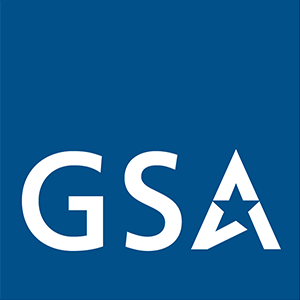The ability to dynamically manage building loads is an increasingly important strategy for reducing energy costs, supporting a resilient utility grid, and potentially reaping rewards in the form of utility incentives. There is an array of established technologies and control strategies to enable facility managers to temporarily shed load, and/or shift loads to time periods where energy costs are lower. Join this session to learn more about emerging load flexibility options for HVAC and lighting controls, battery storage, smart electric vehicle charging, and more. This session will explore the highest-potential solutions, lessons learned, and what options may be right for your building.
Learning Objectives
Upon completion of this course, attendees will be able to:
- Identify key technologies and strategies for load flexibility, including for HVAC and lighting controls, battery storage, and smart electric vehicle charging;
- Recognize the benefits of demand flexibility in reducing energy costs and enhancing grid resilience;
- Compare emerging technologies and determine their potential applicability to specific building scenarios;
- Select appropriate load management solutions based on building type, operational needs, and utility rate structures.










